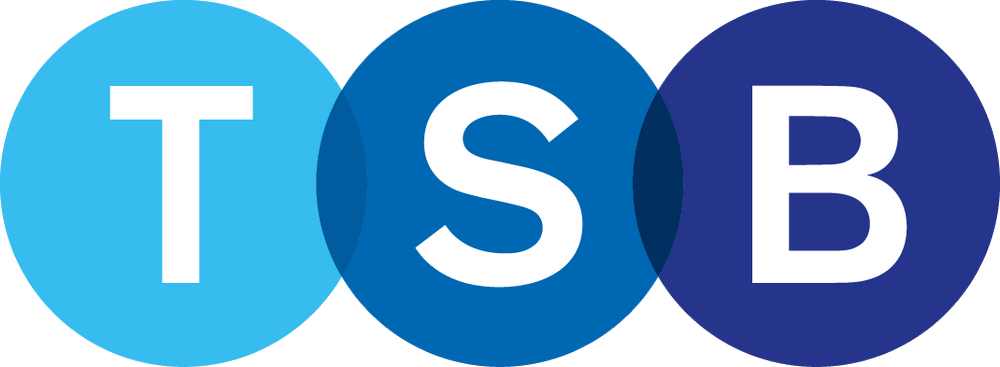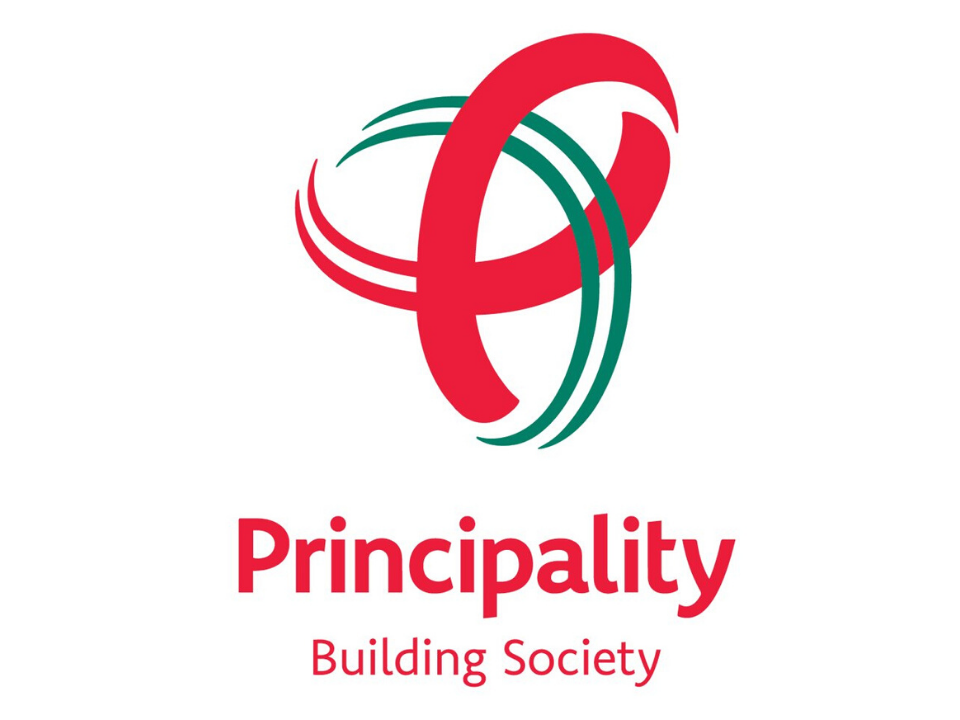Homemover Mortgages
Moving home? Our Mortgage Light advisers & brokers can help you with mortgage and protection; we are based in Milton Keynes, covering the whole of the UK.
Get in touch
If you have a quick question, fill-in this form:
Looking to discuss a mortgage?
If you would like to discuss your mortgage requirements with an advisor, please click here to provide more details and speed-up the process.
MOVE HOUSE WITH MORTGAGE LIGHT
Moving house? Get advice from the best mortgage advisers in Milton Keynes and the UK
Finding a home you love is exciting - but the steps after that can feel a bit overwhelming. Do you stay with your current lender or look for a new deal? How much equity do you have? What’s a “port” and should you do it? There’s a lot to think about, and it’s not always clear where to start.
That’s where we come in. We’ll break everything down into simple steps, explain the jargon, and help you work out what’s best for you. We can show you how much your current home is worth, check what you could borrow, and help you get a Decision in Principle (DIP) so sellers know you’re ready to go.
Whether you’re moving to a bigger place, downsizing, or relocating, we’ll guide you through the process from start to finish - making your move as smooth and stress-free as possible.
MOVE HOME WITH MORTGAGE LIGHT
Here’s a simple checklist to help you through the process:
01. Get your property valued
Arrange for a current, professional valuation of your home to know its true market value - different valuers may have different opinions so we’d suggest having 3 valuation to get a good scope. This valuation helps work out your equity and is needed for your mortgage application.
02. Work out your equity
Subtract your outstanding mortgage balance from your property’s value. The figure left is your equity - this can be used for your deposit, fees, or that dream coffee machine you’ve been eyeing!
03. Understand your mortgage & lender options
Whether you stay with your current lender or switch, it’s worth getting expert advice to find the best deal. A broker can compare multiple lenders, explain your choices, and guide you through the process. We can also check if you can port your mortgage - moving your current deal to your new home to save fees and keep your rate - or if borrowing more from your lender is possible.
04. Get a Decision in Principle (DIP)
This shows sellers and estate agents you can get a mortgage and puts you in a stronger position when making an offer. You’ll need to provide your broker with some documentation - generally this will be 4 months’ payslips, proof of ID, and a copy of your credit file.
05. Start your property search
Start viewing homes within your budget and in your preferred area. Your DIP will give you a clear idea of what you can afford, making the search more focused. Different estate agents charge different fees, so it’s worth checking costs beforehand.
06. Instruct a solicitor
Once you’ve found the right property, instruct your broker to apply for your full mortgage and get the paperwork moving. At the same time, appoint a solicitor or conveyancer to handle the legal work. Expect to pay around £1,000–£1,500 + VAT for a solicitor to remove your from your current house depending on the property. There will also be ongoing costs throughout your move.
HOMEOWNERSHIP FOR EVERYONE.
10 ways first time buyers are getting on the property ladder
As a first-time buyer, there are a number of mortgage products designed to help make homeownership more accessible - particularly if you’re struggling to build up a large deposit.
Low deposit mortgages
Where some lenders will accept deposits as low as 5%, depending on your credit profile and income.
Higher income multiples
Available to applicants with strong rental histories, a high salary, or professional qualifications, often more accessible when you have a larger deposit
Cashback mortgages
A fixed sum back upon completion to help with initial costs - normally linked to new build homes.
Shared ownership
Where you buy a share of a property and pay rent on the remainder – with the option to purchase more shares over time.
Builder or developer incentives
Often offered on new-builds to reduce your upfront costs - there are often ways to work directly with the developer to tailor the deal and explore additional mortgage options.
Joint borrower, sole proprietor mortgages
Sometimes called “income booster” - allowing a parent or family member to support your income without being named on the property
Zero deposit (100%) mortgages
Available in specific circumstances – such as where you've been renting for a period of time and can show a consistent payment record. These are subject to stricter eligibility criteria and affordability checks.
Looking to get more information on your first mortgage?
Mortgage porting - take your mortgage with you when you move
Porting means taking your current mortgage deal with you when you move to a new home. Instead of paying off your mortgage early and starting a new one, you “transfer” the deal to your new property.
This can be a good option if you’re happy with your current interest rate and want to avoid any Early Repayment Charges (ERC). ERCs are fees some lenders charge if you pay off your mortgage early - these vary depending on the lender and often how long is left on your mortgage. However, it’s important to weigh up the cost of these charges against what you could save by switching to a different lender. Sometimes, even with ERC fees, you might get a better deal or be able to borrow more money elsewhere.
💡 Working with the leading lenders in the whole of market...




GOT A QUERY...?
Frequently asked questions
Got a question? It might be answered here. You can also head over to our FAQ page to read more of our frequently asked questions.
Can I transfer my existing mortgage to a new property (porting)?
Most lenders allow you to port your mortgage, which means taking your current deal with you to a new property. However, you'll still need to go through a full application and affordability check.
Do I need a new mortgage if I’m moving home?
Not always. If your lender allows porting, you might be able to move your current mortgage over. But if you're borrowing more or your circumstances have changed, a new mortgage might be required.
Can I keep my current mortgage deal if I move house?
Possibly, if your mortgage is portable. But you’ll need to reapply and meet the lender’s criteria. If not, or if the deal no longer suits you, we can help you look at new options across the market.
What is an early repayment charge (ERC), will I pay one when moving?
If you're still within a fixed or discounted period, an ERC may apply. However, if you port your mortgage successfully, you may avoid the charge, depending on how your lender structures it.
SEE WHAT OUR CLIENTS HAVE TO SAY...
Testimonials
CONTACT US TODAY
Ready to make it your own?
If you’re thinking about adding a new kitchen, extending a room, or giving your garden a makeover, it’s worth planning how you’ll fund the work. One option is to remortgage after you’ve settled in to release extra funds. Some lenders allow this within 6 months, while others may require a longer wait. We’ll help you decide whether porting or switching lenders is the best route for you and work out the right timing for any future borrowing you might need to make those home upgrades happen.

